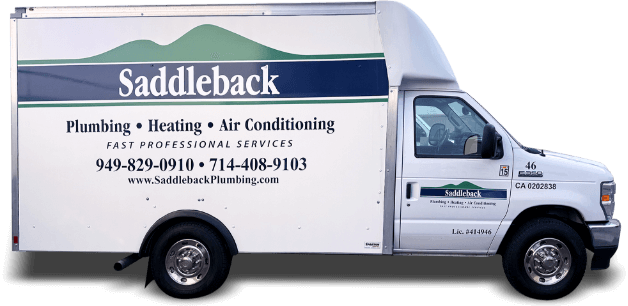Plumbing Tip : When Something Goes Wrong
December 17th, 2012Indoor plumbing is such a common luxury that we tend to not even think about the system and its many components that make life so convenient in Irvine. We expect to be able to open a faucet and get a steady supply of hot water. When we use the bathroom we expect the toilet to flush and the bathtub to drain away waste water.

